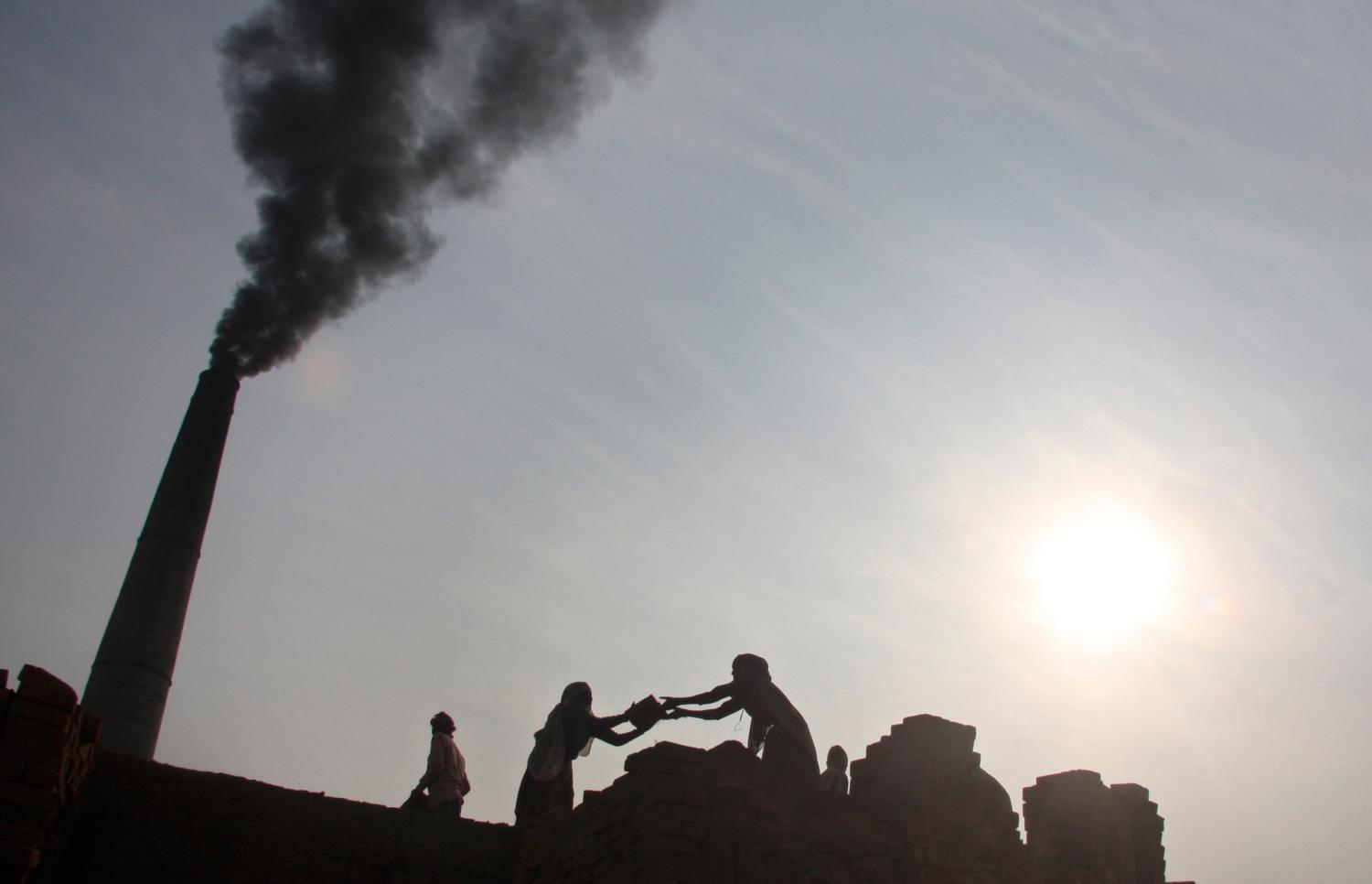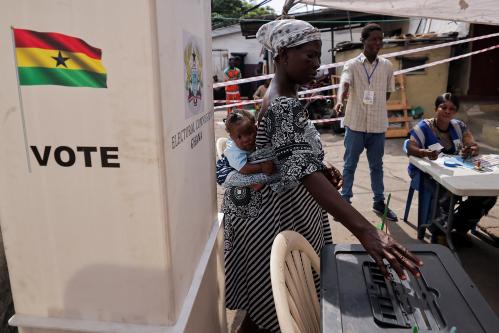Introduction
A core ambition of the Sustainable Development Goals (SDGs)—the economic, social, and environmental objectives affirmed by all U.N. member states in September 2015—is to end extreme poverty in all forms by 2030. Now that a year has passed since the establishment of the Goals, it is timely to assess how close each country stands to achieving the objective, defined as universal access to basic human needs. To that end, this policy brief presents current trajectories for 193 countries across a variety of key SDG targets. We focus on indicators with available data that were also previously addressed under the Millennium Development Goals (MDGs) from 2000 through 2015.
Overall, the analysis tackles three questions:
- What is each country’s current 2030 trajectory for each target?
- What are each country’s current prospects across targets?
- For the most off track countries and targets, is there a recent precedent for SDG success?
The results build on previous forward-looking assessments of individual targets (FAO, 2015; UNESCO, 2016; You et al., 2015; Alkema et al., 2016) and aggregate global trends (Nicolai et al., 2015). To our knowledge, this is the first systematic attempt to present country-level 2030 trajectories across several extreme poverty-relevant SDG targets. Importantly, it considers countries at all income levels, consistent with the SDGs’ emphasis on the universal challenges of sustainable development.
Methods
We focus the analysis on six targets, and seven related indicators, with ample country-level, time-series data:

Data for SDG 3.2 are drawn from the U.N. Inter-agency Group for Child Mortality Estimation (2015) and all other data are drawn from the World Bank’s online World Development Indicator database. Country income groups follow the World Bank’s classifications as of July 2016.
These indicators represent only a subset of relevant SDG targets and clearly do not permit a comprehensive analysis of all issues relevant to the end of extreme poverty. However, even this subset provides a surprisingly rich amount of information regarding trajectories linked to extreme poverty. Ideally we would have been able to include more indicators in the analysis, but country-level data gaps do not allow rigorous trend assessment on issues like extreme income poverty or malnutrition (see Serajuddin et al. 2015). Income poverty extrapolations also require assumptions about changes in within-country consumption distributions, which lie beyond the scope of our simple extrapolation methodology (World Bank Group, 2016).
To assess 2030 trajectories, we first calculate each country’s average annual rate of progress between 2005 and 2015. We then extrapolate the same trend out to 2030. For maternal mortality, child mortality, and neonatal mortality, we use proportional rate of progress calculations (Equation 1) to account for the ladder of technology countries must climb as mortality rates approach zero. For the other indicators we use percentage point (absolute) rate of change calculations (Equation 2), on the premise that these indicators rely more on expanding access to a relatively consistent technology set, such as water wells, toilets, or staple foods. The distinction aligns with previous literature examining rates of progress during the MDG period (e.g., Kenny and Sumner, 2011; Fukuda-Parr et al., 2013; You et al. 2015).

For access to water, access to sanitation, and primary school completion rate, minor adjustments are needed to calculate the annualized rate of progress when countries are missing indicator values between 2005 and 2015. If a value is missing for 2005 then we set 2004 as the initial year for rate calculations. If a value is missing for 2015 then the most recent available year from 2010 onward is set as the end point. For undernourishment, the World Bank reports all values below five percent as “<5.” In those cases, since we are not able to calculate annual rates of progress, we make a simplifying assumption that countries are on track to eliminate hunger by 2030 (indicated by “ ~0 ” in Table 2 below).
To tabulate how countries are performing across targets, we consider maternal mortality, under-5 mortality, neonatal mortality, access to water, and access to sanitation. We do not include undernourishment and primary completion rates in those tabulations because of data gaps. For maternal mortality, we apply the SDG 3.1 benchmark of 70 deaths per 100,000 live births at the country level, even though the formal target is defined at the global level. For target 3.2, we only count countries as being on track if they are on course to reach both the under-5 mortality target and the neonatal mortality target, since the latter is a subset of the former.
Download the full report »
The Brookings Institution is committed to quality, independence, and impact.
We are supported by a diverse array of funders. In line with our values and policies, each Brookings publication represents the sole views of its author(s).






